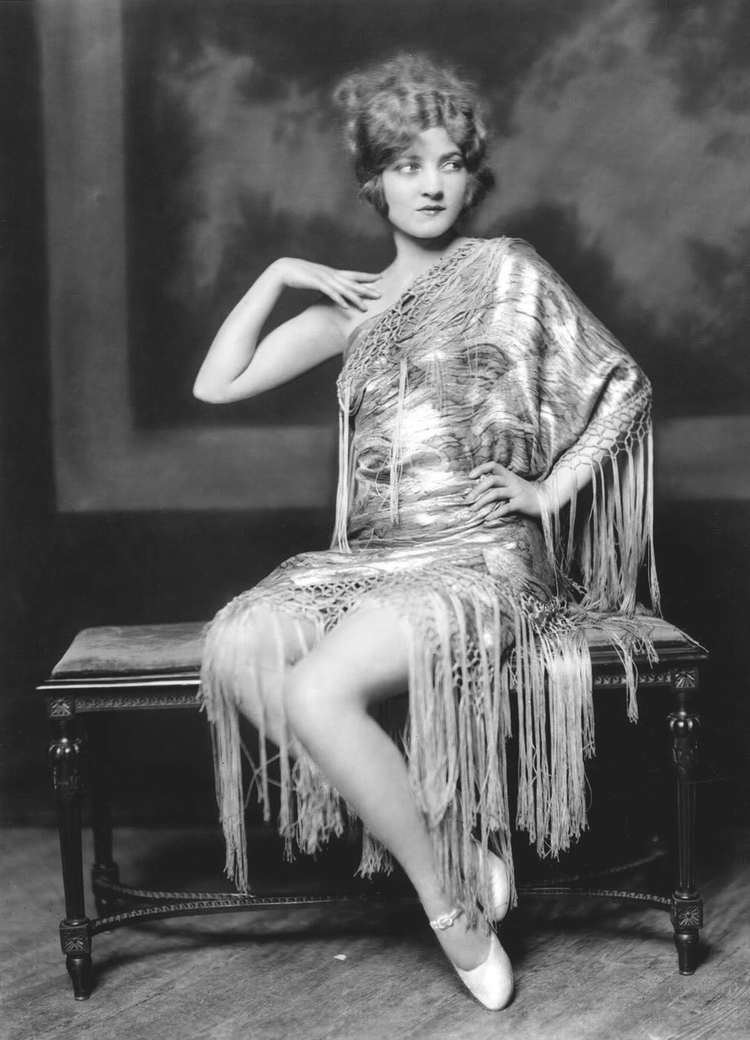 | ||
The Ziegfeld Follies was a series of elaborate theatrical revue productions on Broadway in New York City from 1907 through 1931, with renewals in 1934 and 1936. They became a radio program in 1932 and 1936 as The Ziegfeld Follies of the Air.
Contents
- Introduction to ziegfeld follies
- Founding and history
- Films based on the Ziegfeld Follies
- The Follies
- References
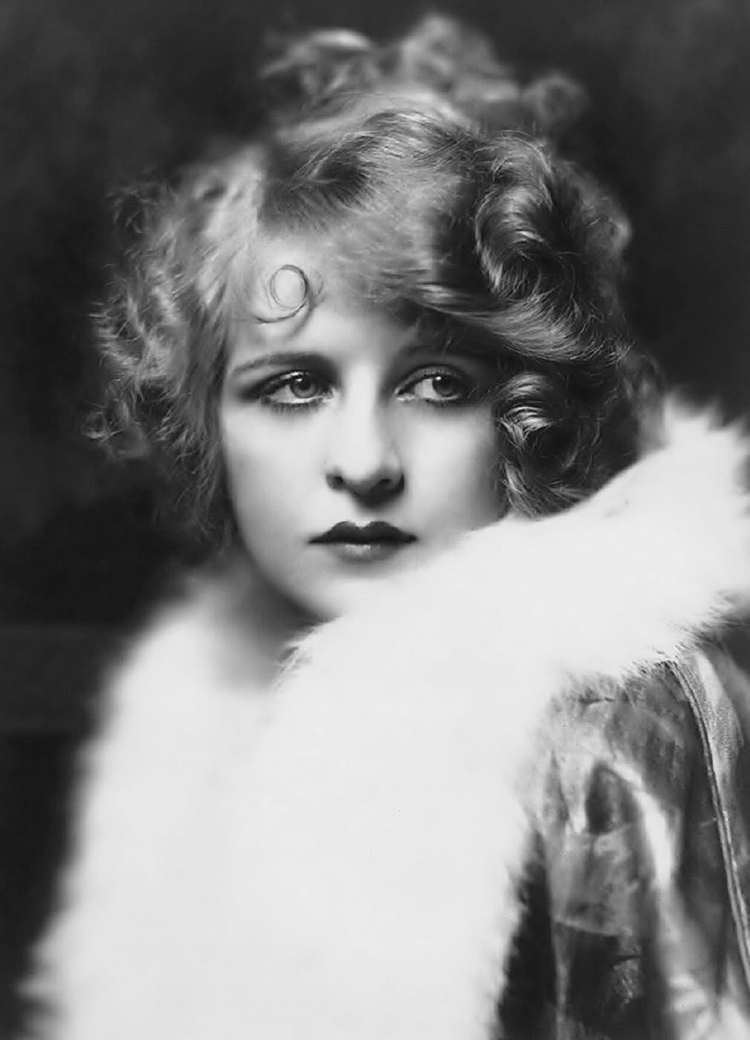
Introduction to ziegfeld follies
Founding and history
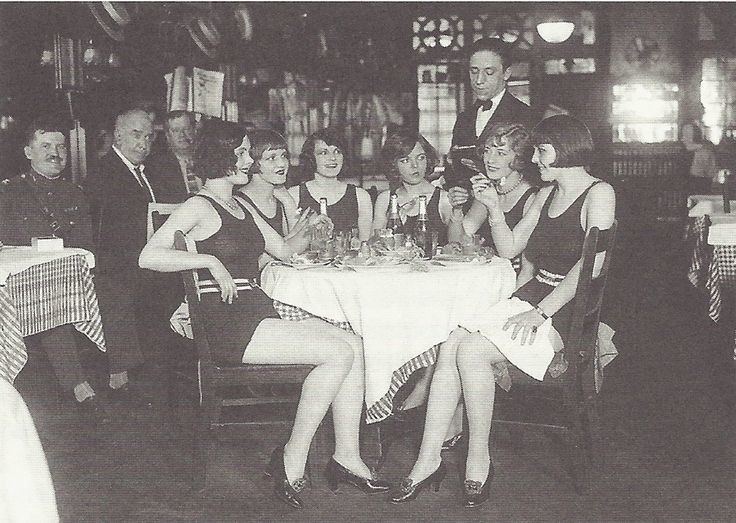
Inspired by the Folies Bergère of Paris, the Ziegfeld Follies were conceived and mounted by Florenz Ziegfeld, reportedly at the suggestion of his then-wife, the entertainer Anna Held. The shows' producers were turn-of-the-twentieth-century producing titans Klaw & Erlanger.
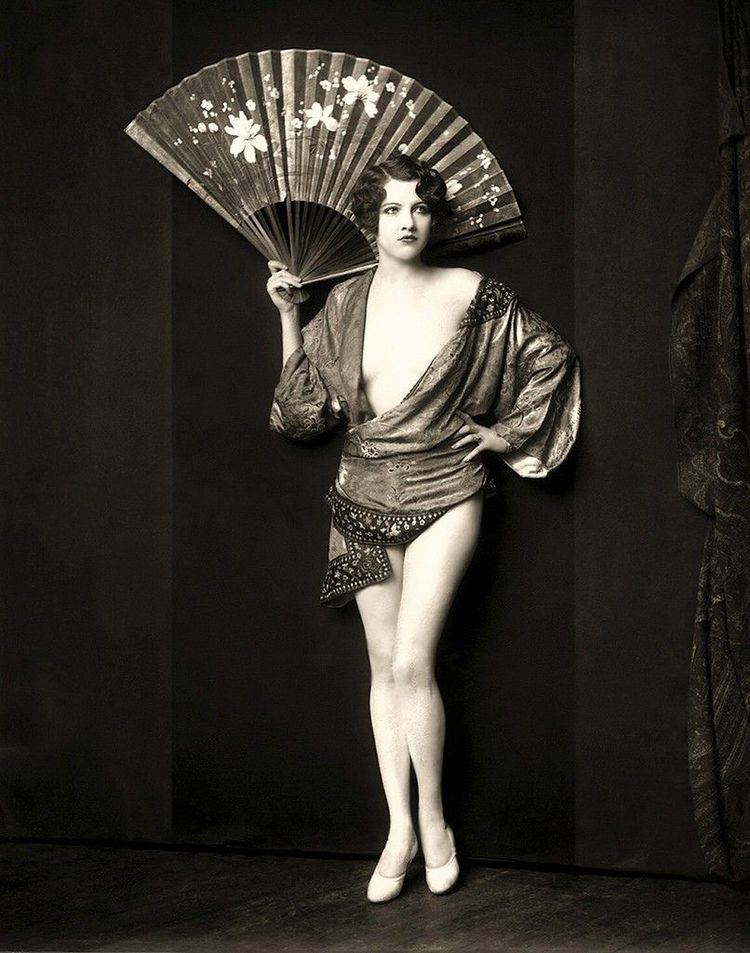
The Follies were a series of lavish revues, something between later Broadway shows and the more elaborate high class Vaudeville variety show. The first Follies was produced in 1907 at the roof theatre Jardin de Paris.
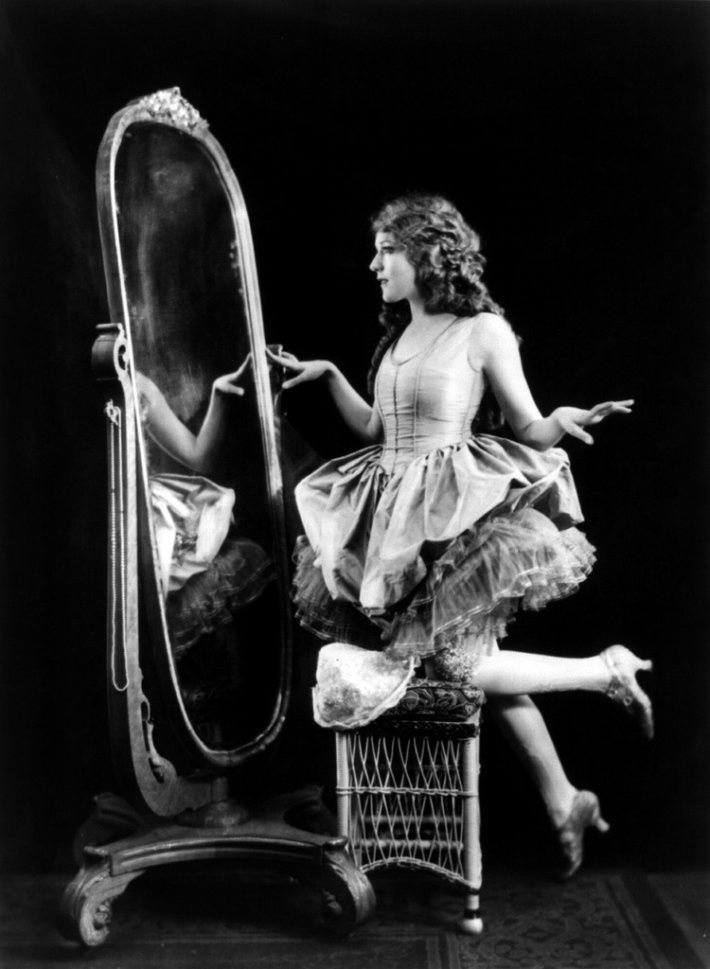
During the Follies era, many of the top entertainers, including W. C. Fields, Eddie Cantor, Josephine Baker, Fanny Brice, Ann Pennington, Bert Williams, Eva Tanguay, Bob Hope, Will Rogers, Ruth Etting, Ray Bolger, Helen Morgan, Louise Brooks, Marilyn Miller, Ed Wynn, Gilda Gray, Nora Bayes and Sophie Tucker appeared in the shows.

The Ziegfeld Follies were also famous for their display of many beautiful chorus girls, commonly known as Ziegfeld girls who "paraded up and down flights of stairs as anything from birds to battleships." They usually wore elaborate costumes by designers such as Erté, Lady Duff Gordon and Ben Ali Haggin.
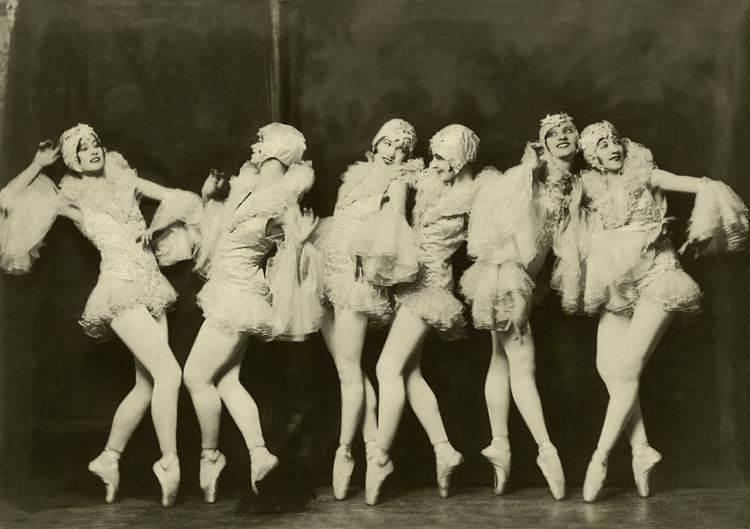
The "Tableau vivants" were designed by Ben Ali Haggin from 1917 to 1925. Joseph Urban was the scenic designer for the Follies shows starting in 1915.
After Ziegfeld's death his widow, Billie Burke, authorized use of his name for Ziegfeld Follies in 1934 and 1936 to Jake Shubert, who then produced the Follies. The name was later used by other promoters in New York City, Philadelphia, and again on Broadway, with less connection to the original Follies. These later efforts failed miserably. When the show toured, the 1934 edition was recorded in its entirety, from the Overture to Play-out music, on a series of 78 rpm discs, which were edited by the record producer David Cunard to form an album of the highlights of the production and which was released as a Compact Disc in 1997.
Films based on the Ziegfeld Follies
In 1937, at the 9th Academy Awards, the MGM film, The Great Ziegfeld produced the previous year won the Best Picture, starring William Powell as the master showman and co-starring Myrna Loy (as Ziegfeld's second wife Billie Burke), Luise Rainer (as Anna Held, which won her an Academy Award for Best Actress), and Frank Morgan. Featuring numbers by Ray Bolger, Dennis Morgan, Virginia Bruce, and Harriet Hoctor, the film gave a glimpse into what the Follies were really like. The MGM blockbuster's show-stopper was the Irving Berlin-composed, A Pretty Girl Is Like a Melody", which, by itself, cost more to produce than one of Ziegfeld's entire stage shows.
In 1941 MGM released Ziegfeld Girl, starring Lana Turner, Judy Garland, Hedy Lamarr, James Stewart and Tony Martin which was set in the 1920s. Celebrated numbers from Ziegfeld Revues were recreated, including the famed "Wedding Cake" set which had been used for Metro's earlier film, The Great Ziegfeld. Charles Winninger, who had performed in the Follies of 1920, appeared as "Ed Gallagher" with Gallagher's real-life partner, Al Shean to recreate the duo's famous song "Mister Gallagher and Mister Shean", originally part of the Follies of 1922. According to modern sources, Turner's character was modeled after Ziegfeld Girl Lillian Lorraine, who suffered a drunken fall into the orchestra pit during an extravagant number.
In 1946 MGM released a third feature motion picture, that was entered into the Cannes Film Festival, based on Ziegfeld's shows entitled Ziegfeld Follies with Fred Astaire, Judy Garland, Lena Horne, William Powell, Gene Kelly, Fanny Brice, Red Skelton, Esther Williams, Cyd Charisse, Lucille Ball, Kathryn Grayson, and others performing songs and sketches similar to those from the original Follies. Brice appeared in the Follies for more than ten years. The 1964 musical, Funny Girl, starring Barbra Streisand as Fanny Brice, depicts Brice's success with the Follies. The 1968 Columbia film of the musical also starred Barbra Streisand as Brice and Walter Pidgeon as Florenz Ziegfeld.
